Home | Miguel Cardoso
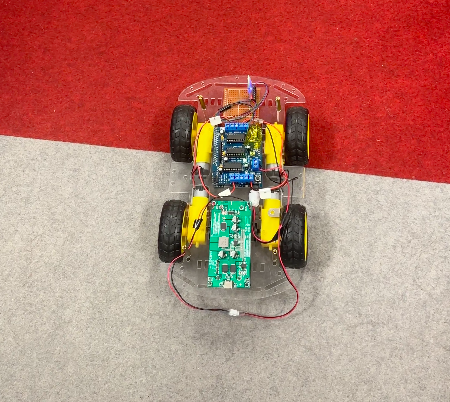
uKarvel is a minimalist C-based framework that implements ECSS Telecommand and Telemetry services for resource-constrained embedded systems. Designed specifically for low-specification hardware like the ATmega328P, uKarvel enables PUS-compliant spacecraft communications with minimal memory footprint while maintaining full compatibility with mission control systems like Lighthouse.
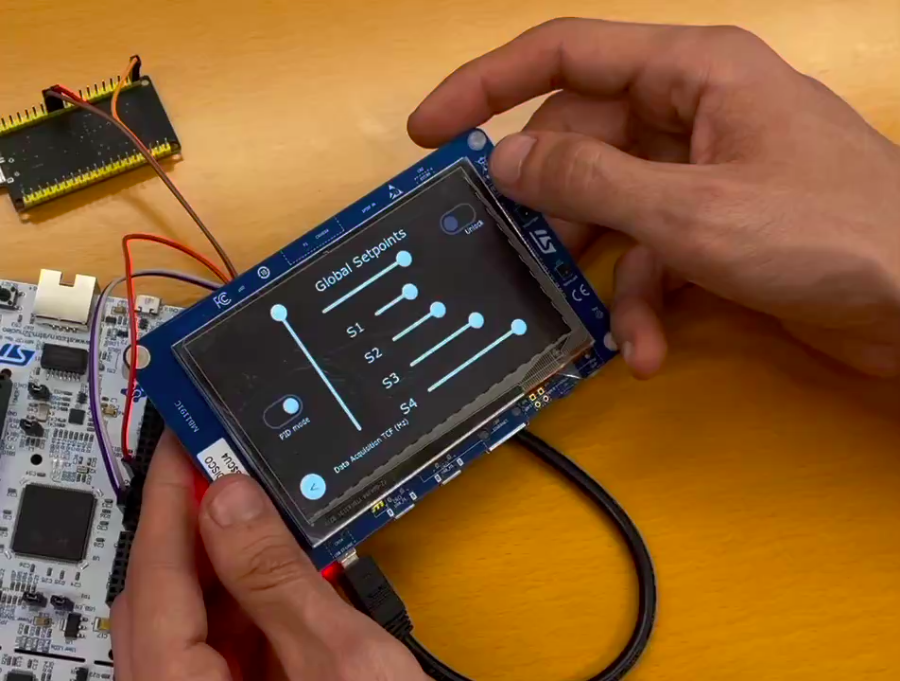
The Spacecraft Thermal Control System (STCS) is a comprehensive embedded platform that simulates thermal management of spacecraft components in orbital conditions. Developed using multiple STM32 microcontrollers, FreeRTOS, and MQTT protocols, the system implements real-time thermal simulation, PID control algorithms, and multi-interface visualization. This project demonstrates advanced embedded systems programming with direct applications in aerospace technology and real-time control systems.
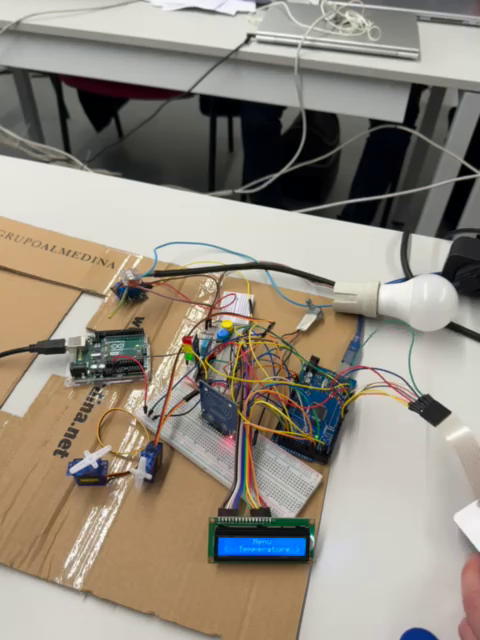
The Smart Access Controller is an integrated Arduino-based system that combines RFID authentication, keypad input, and environmental monitoring to create a versatile access control and automation solution. Using an MFRC522 RFID reader, 4x4 keypad, and DHT11 sensor, the system grants tiered access to users and administrators while monitoring and adjusting temperature, humidity, and luminosity conditions in real-time. The system features servo motors for physical actuation and relay control for lighting, making it ideal for smart home, laboratory, or restricted access environments.

The Vienna Ab initio Simulation package and the Munich Spin-Polarized Relativistic Korringa-Kohn-Rostoker package use different approaches to calculate the ground state energy of a structure. Even without an ionic relaxation, it is important to perform an electronic relaxation before calculating some of its properties, such as its exchange-correlation energies. Thus, before calculating these values, we can compare the experimentally known properties with the computational results to validate the model.
The automatic generation of input files is particularly important when we are performing tens to hundreds or even thousands of calculations. An automation of the disorder on the local Si/Ge of the half-heusler Fe\(_2\)MnSi in the Munich Korringa-Kohn-Rostoker Package can be expressed as:
SPRPATH=/home/miguelangelooscardoso
ele_1=Si
ele_2=Ge
for i in {1..9..1}
do
k=$(( 10 - $i ))
conc_2=`echo "0.1 * $i" | bc`
conc_1=`echo "0.1 * $k" | bc`
A fast ab initio calculation with the LDA and GGA functionals was performed with a mesh grid 5 × 5 × 5 and a cut-off energy of 350 eV on bcc iron, fcc nickel and hcp cobalt as you can see in the following images.
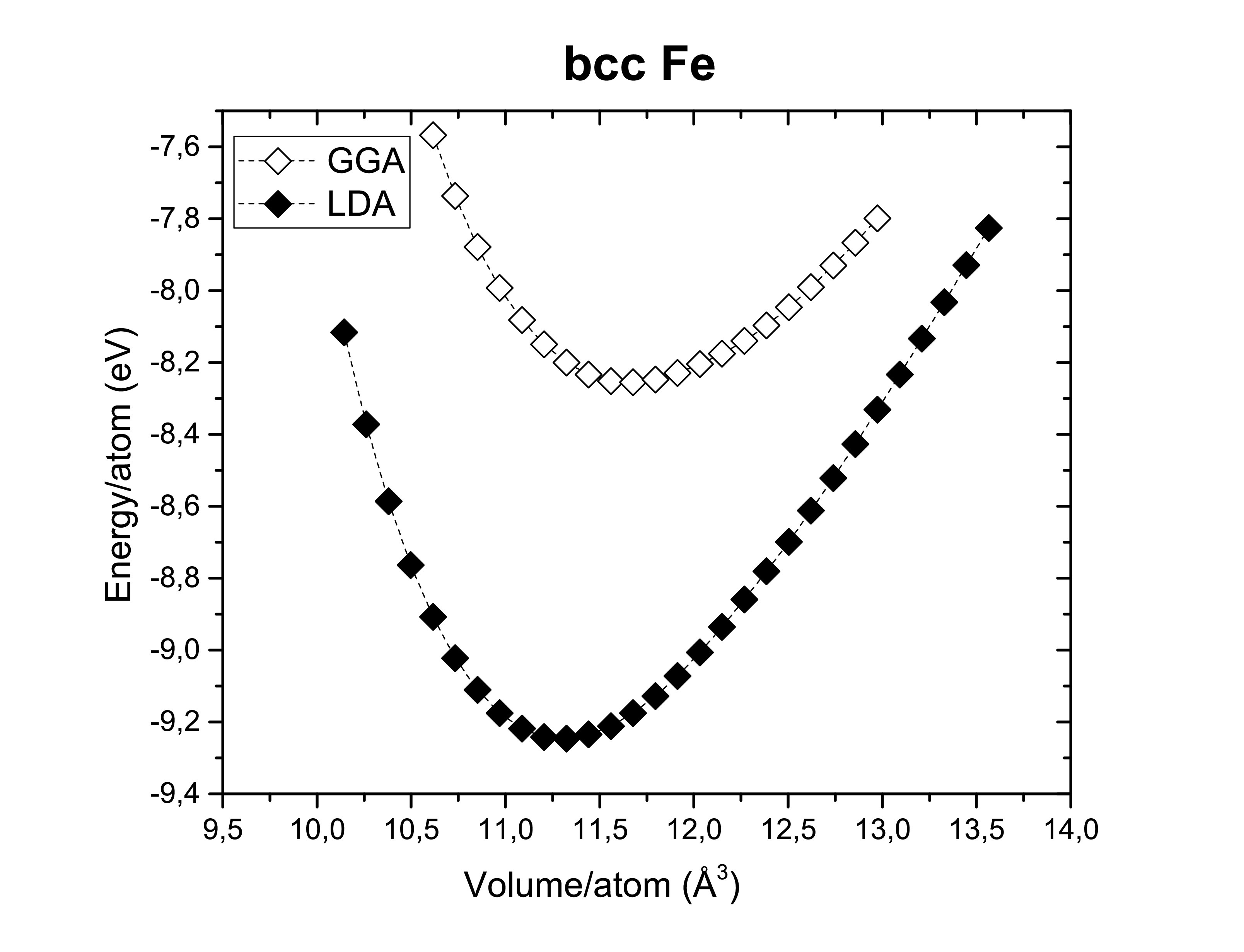
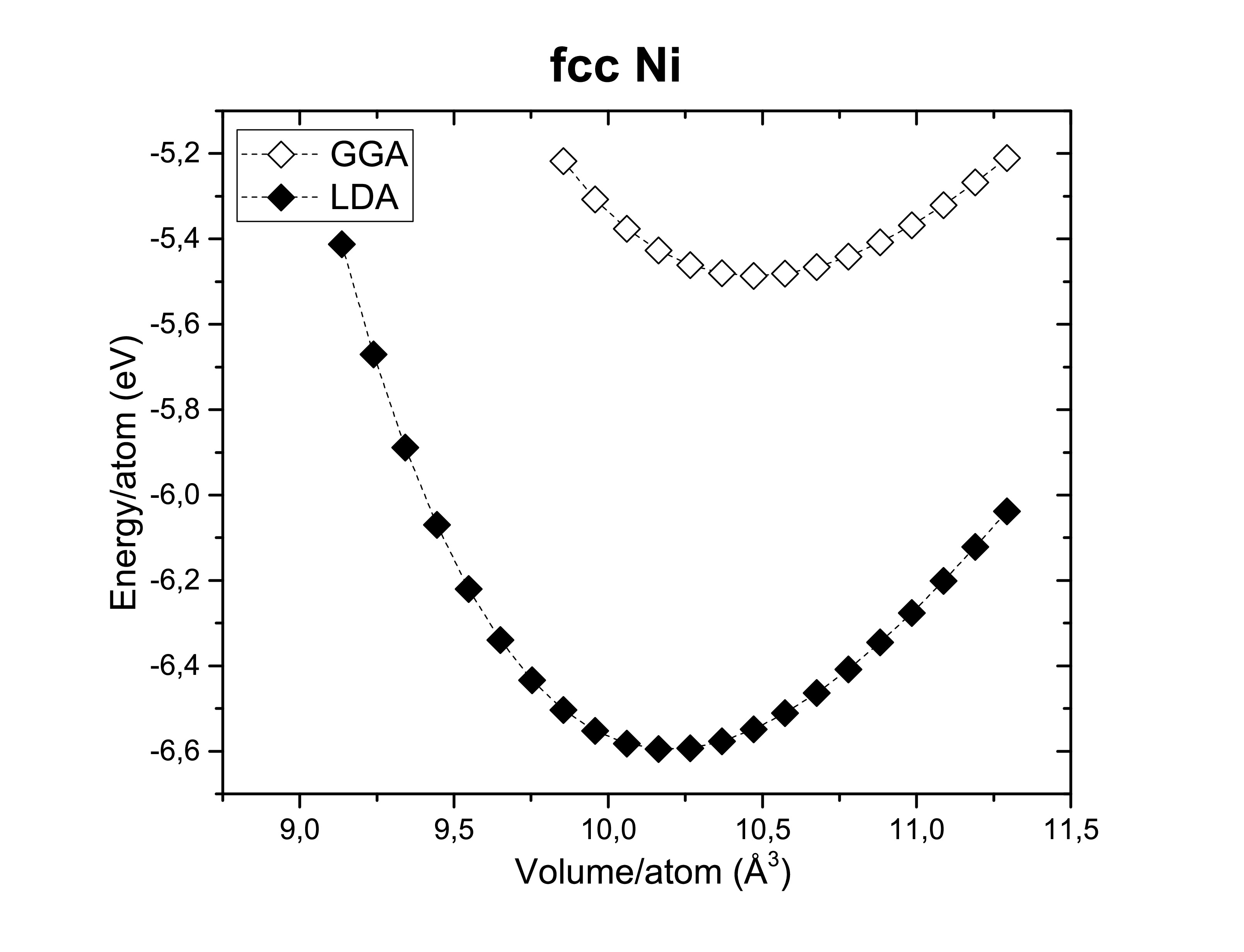
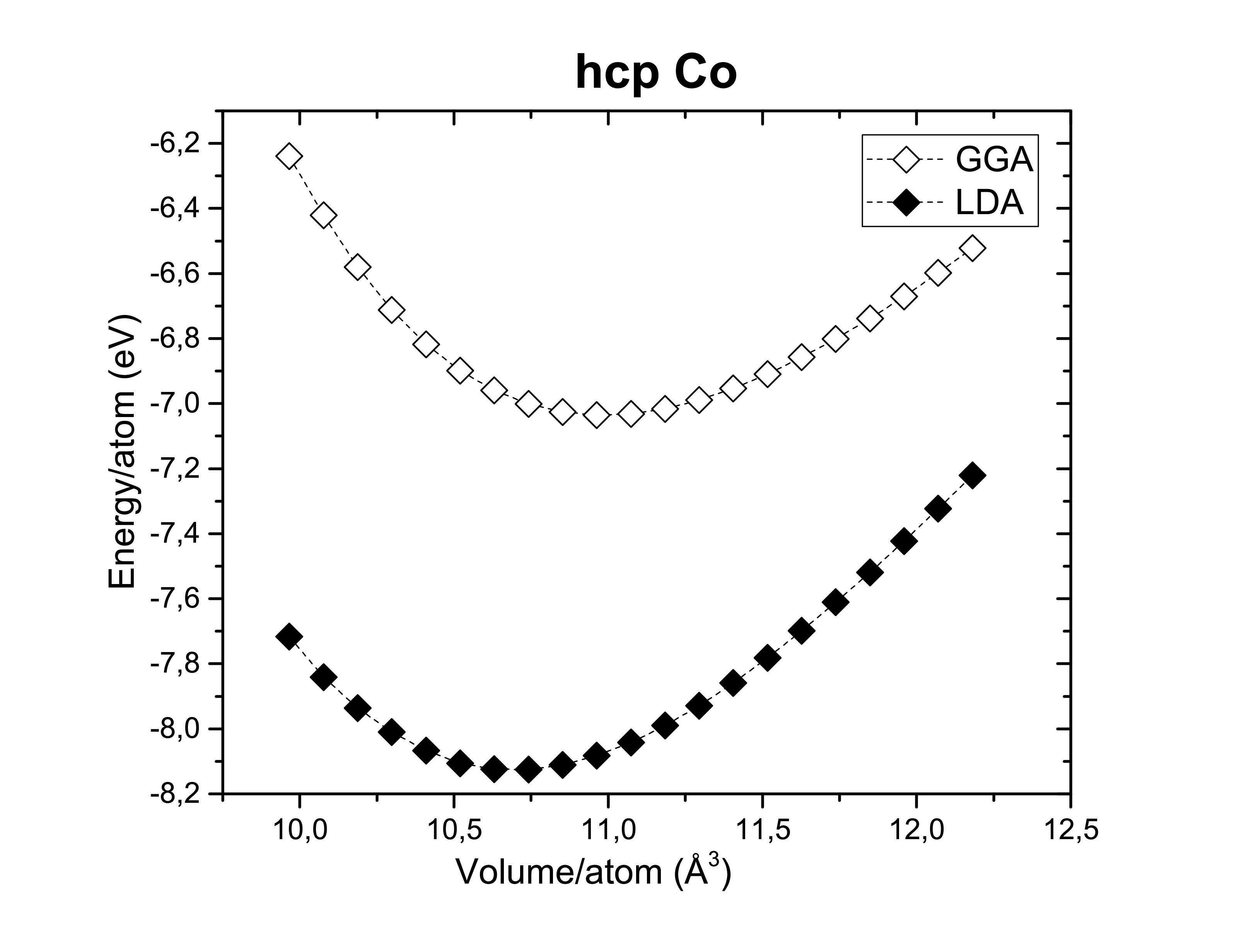
The determination of the lattice parameter that minimizes the ground state energy can be done using the Birch-Murnaghan isothermal equation of state. Several computational studies have been done over the years on three of the most common ferromagnetic metals compared to their experimental properties. There is no better place to start than with a widely studied subject before moving on to more complex materials. Thus, the LDA and GGA functionals were used to estimate the volume modulus and the equilibrium volume/energy of iron, nickel and cobalt.
